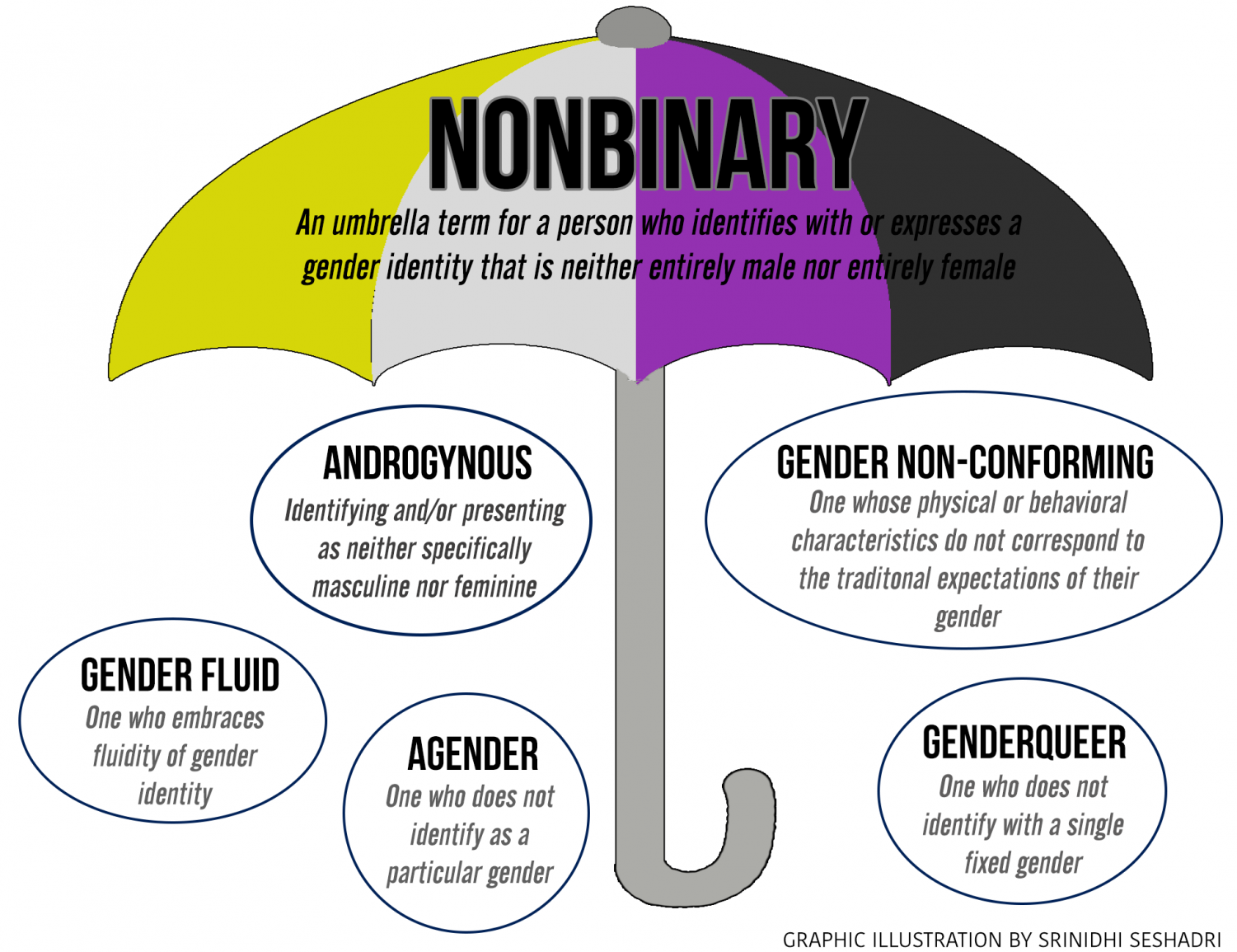Imagine you are driving behind another car on the road, and the driver of the car in front of you stops short, resulting in you needing to jolt to a stop as well. You can’t tell from your view if this driver is a man or a woman, so when your mom in the passenger seat looks up from her phone to ask what happened that caused you to suddenly stomp on the break pedal, you reply something along the lines of, “they stopped short, there must be an accident or they saw something in the road”.
Without realizing it, in a situation such as this in which you could not decipher the driver’s gender from your point of view, you described the driver (a singular person) using the pronoun “they”, even though the word “they” is initially taught in 1st grade as a pronoun to describe more than one person.
This is a logical application of the pronoun, “they”, because you are not thinking about if the driver is male or female; rather this person is only in your mind as “a driver who made a short stop, thankfully I did not hit them”. You recognize that the word “they” can apply to either a singular person or a group of people, depending on the context.
For non-binary people, this main idea applies to their everyday life. A non-binary individual is a person who does not identify as either fully male or fully female, so this person does not feel like themselves when someone refers to them as she/her or he/him, so the non-binary person opts for pronouns they/them when someone wants to reference this person by using pronouns.
Non-binary people do not do this for attention, to be seen as quirky, or trying too hard to be different. Using someone’s correct pronouns validates that you, as someone who respects a non-binary person’s identity, do not want this person to feel uncomfortable or invalid.
If you are still struggling with this concept and are thinking, “This is stupid, there are only two genders: male and female. Maybe non-binary people are just confused tomboys and feminine men,” allow me to put it into perspective for you:
Think of yourself and the pronouns you go by. For example, if you identify as female, you most likely go by she/her. If someone started referring to you using the pronouns he/him, calling you a boy, and when you say that you are a girl they say, “no, you are a boy,” would you feel upset? Would you want this person to amend their ways & recognize that you are actually a female? Of course you would.
The aforementioned example is a constant struggle for non-binary people, as they feel unseen or lesser when people refuse to accept their identity due to society’s bigotry.
The National Center for Transgender Equality explains that non-binary people’s experience of gender is not only male or female, and categories such as genderqueer (a person who does not subscribe to the binary nature of being only male or only female), agender (a person who do not identify themselves with a particular gender), and bigender (relating to a person whose sense of personal identity encompasses two genders: both male and female). The image below explains more terms about being non-binary.

Diagram source: The Epic
I wholeheartedly recommend for everyone to read the short post linked above where it says “National Center for Transgender Equality”. It is a great resource for people to read, as it is interesting and simplifies the concept of being non-binary. It also gives great tips on how to respect non-binary people.
Overall, what is most important is not whether you totally understand what being non-binary is.
The most important thing is respecting these people, respecting what makes them comfortable, and allowing them to live as happily as possible as their true identity.
They are people just like you, no matter how you identify.
-Mary (she/her)